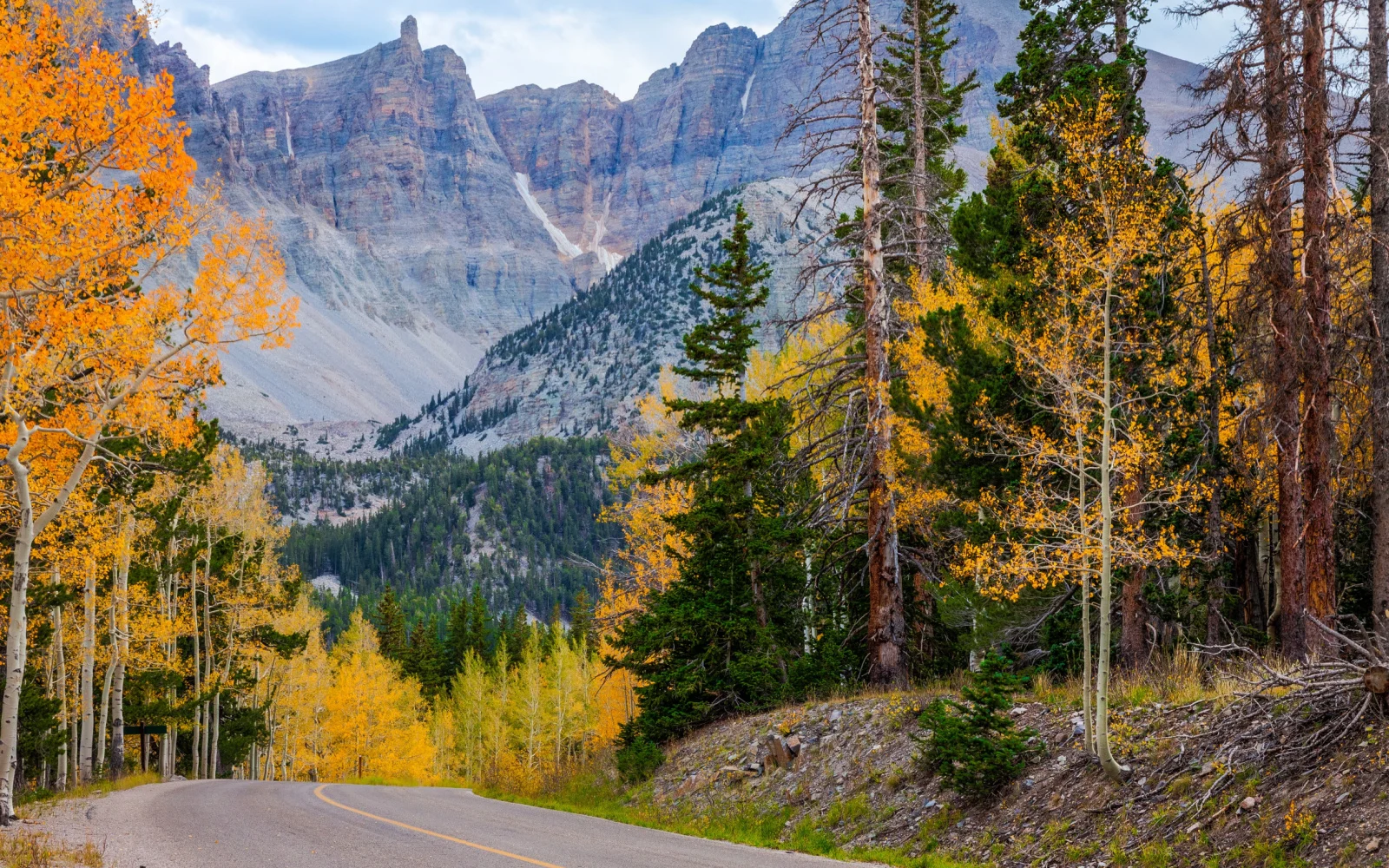What's the best time to visit Great Basin National Park?
The best times to visit Great Basin National Park are summer (June–August) for warm weather and excellent stargazing opportunities, and fall (September–November) for comfortable temperatures and scenic activities like the Astronomy Festival. While summer is busier with higher accommodation prices, fall offers a more tranquil experience amidst the park’s beautiful autumn foliage.
Located far from any big city life in the middle of nowhere, the Great Basin National Park is truly a hidden treasure. Whether you’re looking for some peace and quiet or are on the lookout for wildlife or hiking opportunities, the area has you covered.
While the park’s open year-round, many aren’t sure what the best time to visit Great Basin National Park is. Let’s solve your dilemmas in this detailed Great Basin National Park guide.
The Best Time to Visit Great Basin National Park
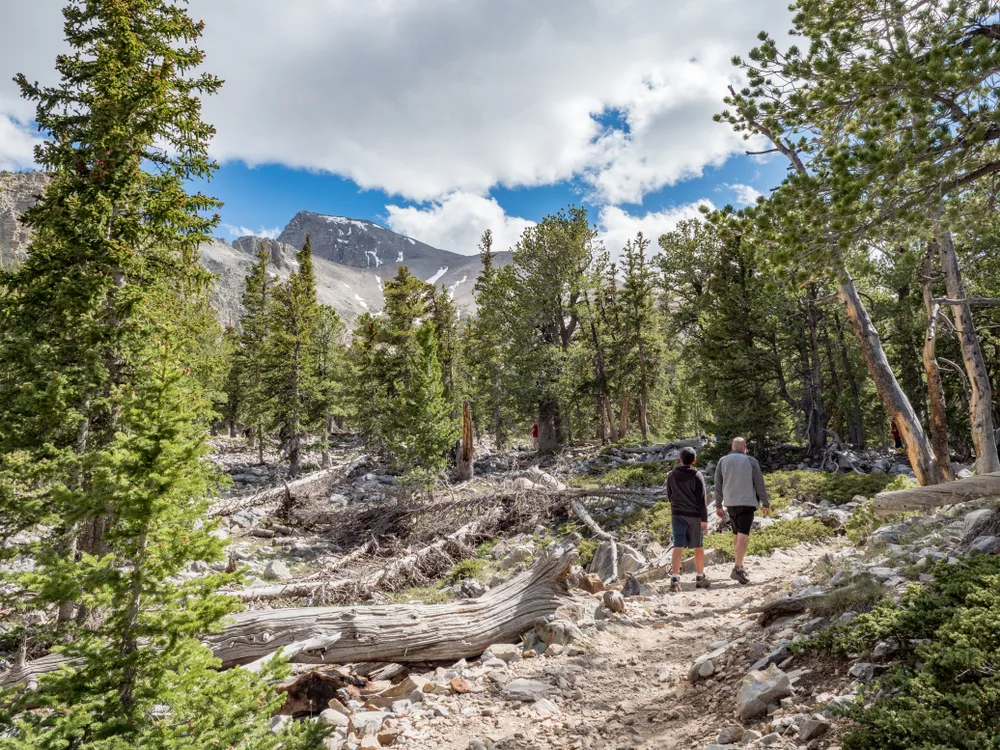
Ventu Photo/Shutterstock
The overall best time to visit Great Basin National Park is either in summer (June–August) or in fall (September–November).
June is a warm summer month with average temperatures varying between 49°F and 77°F. It’s also the month with the least rainfall, with 22 mm of precipitation.
With almost 15 hours of daylight on average, June is also the month with the longest days. July is another hot summer month, with average temperatures hovering around 57°F during the day and 85°F at night.
Being the last summer month, August also sees hot temperatures, with an average high of 83°F and an average low of 56°F. What makes summer an attractive period is the comfortable weather and all the outdoor activities being convenient.
This is when stargazers stand a chance to spot the Milky Way Galaxy on a clear night — with the naked eye. Naturally, this makes summer a busy season, which translates into higher accommodation prices and people rushing early in the morning to find a campsite or get cave tour tickets.
Avoiding the notorious afternoon thunderstorms is yet another reason why the early bird gets the worm in the Great Basin. September welcomes guests with average temperatures fluctuating between 75°F and 47°F.
October is a comfortable fall month, with average temperatures ranging between 37°F and 62°F. A frosty month, November sees temperatures varying between a maximum of 48°F and a minimum of 26°F.
Great autumn weather allows for a plethora of activities, such as soaking in the views from the iconic Wheeler Peak Scenic Drive’s upper area.
But you can also attend the well-known Astronomy Festival (did you know visitors get access to up to 30 different telescopes?), hit the trails, or simply enjoy the golden-yellow merge of fall foliage.
Cheapest Time to Visit Great Basin National Park
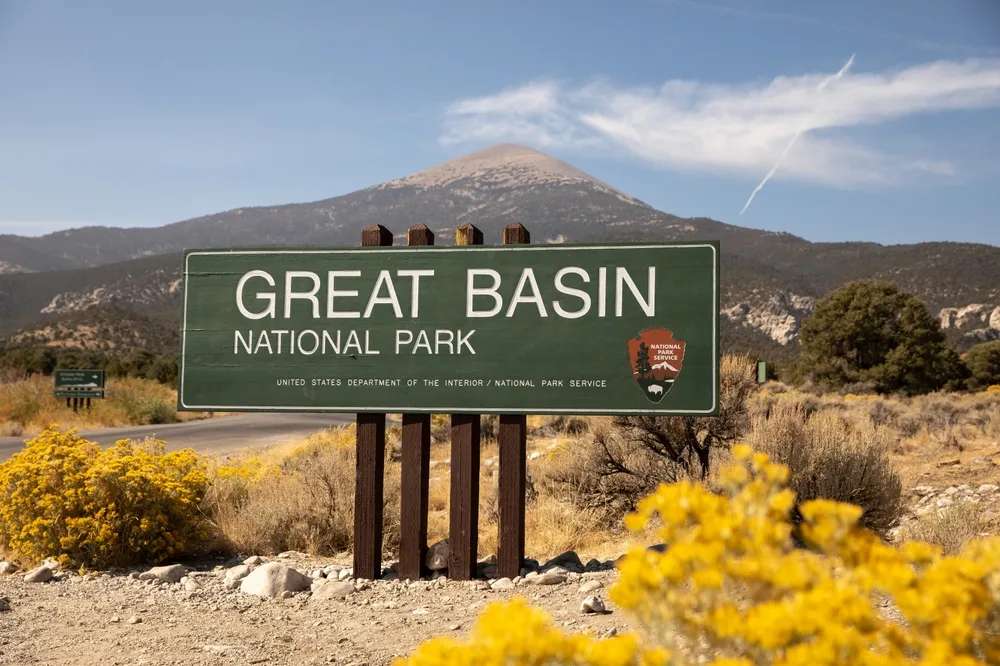
Cavan-Images/Shutterstock
In general, the cheapest time to visit Great Basin National Park is in the spring in the March–May period. The hotels on the Great Basin National Park’s outskirts charge much lower rates than in summer.
Also, air travel is fairly limited during the spring’s shoulder season. Marking the beginning of spring, March sees average temperatures fluctuating between 49°F and 26°F.
March is also the rainiest month, with 35 mm of precipitation. Being a mild month, April has temperatures varying between 32°F and 57°F. Wrapping up spring’s season, May is fairly comfortable, with temperatures ranging between 40°F and 67°F.
While spring isn’t exactly an overnight transition to warmer days, temperatures begin to rise. However, much of the park remains closed until well into the summer.
Snow slowly melts into the streams, and many winter activities remain popular, such as cross-country skiing, at least at the beginning of the season. Spring is also the ideal time for bird watching, and people are in anticipation of spotting western meadowlarks or bald eagles.
Least Busy Time to Visit Great Basin National Park
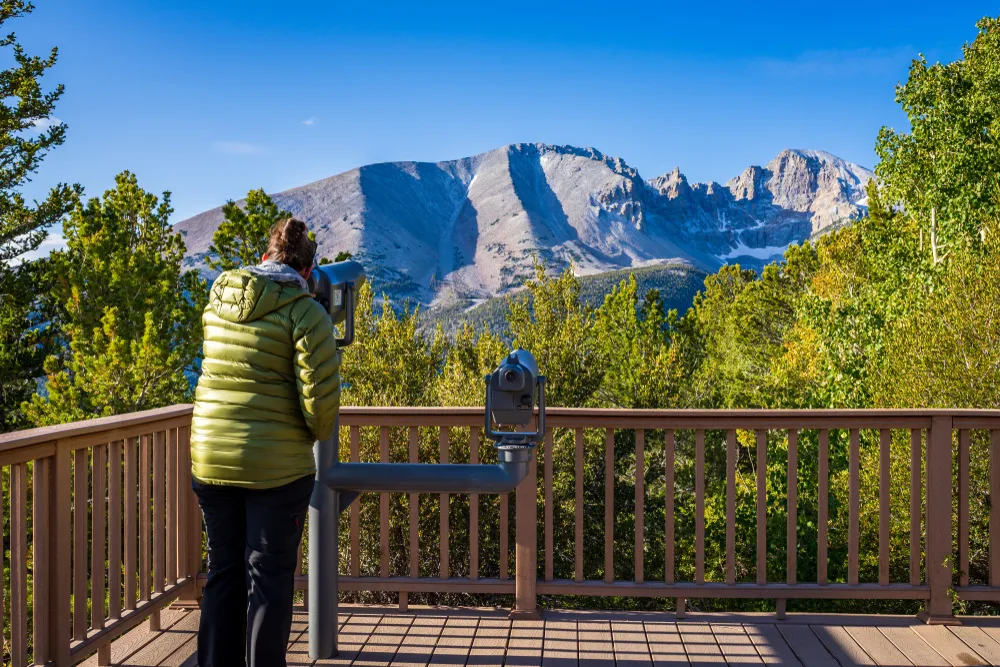
feel4nature/Shutterstock
The least busy time to visit Great Basin National Park is in January or February, but that’s because these two months are the coldest and snowiest. Hands down the coldest month of the entire year, January has average temperatures ranging between 40.5°F and 18.9°F.
Being the last winter month, February is also a cold month like January, with average temperatures going as high as 42.8°F during the day and as low as 21.2°F at night. Cold weather isn’t the best tourist bait, so the park is near-empty.
However, if you wish to experience Great Basin National Park in solitude and trace the wildlife tracks in the snow without being bothered by large crowds, winter in Great Basin National Park will suit you.
Worst Time to Visit Great Basin National Park
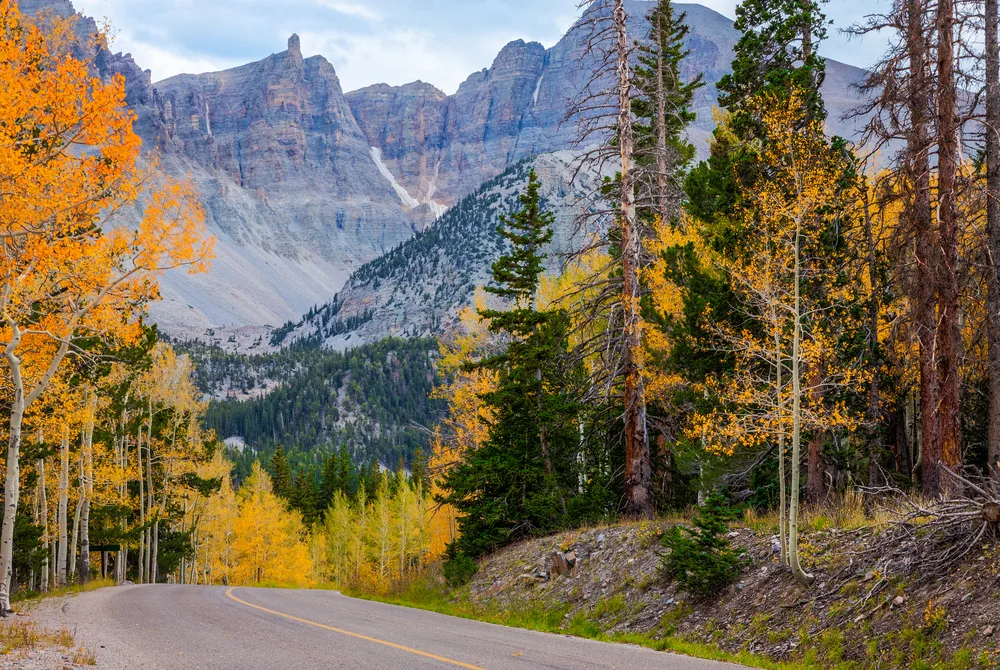
Arlene Waller/Shutterstock
The overall worst time to visit Great Basin National Park is in the winter. Access to higher elevations may be limited, certain trails might be closed, and snowfall may ruin most (if not all) of your park-related plans.
More importantly, the Scenic Road is closed to vehicles, which in all honesty, is one of the main reasons to visit Great Basin National Park in the first place. Most hiking trails are snow-blocked too. December has average temperatures varying between 41°F and 19°F.
With almost 10 hours of daylight on average, December also sees the shortest days. Either way, the most adventurous park visitors may engage in snowshoeing and cross-country skiing.
Also, the Lehman Caves Visitor Center stays open throughout the entire year, including winter. And while it goes without saying that winter is cold in the park, there’s a special kind of frozen beauty that none of the other seasons experience.
Things to Consider
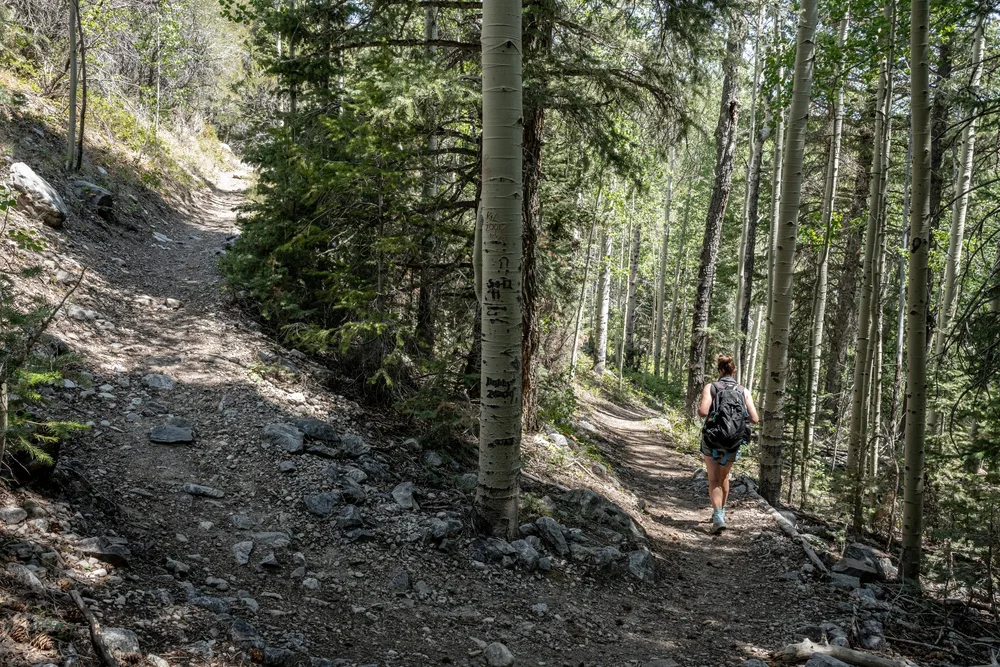
Kelly VanDellen/Shutterstock
Going to the Great Basin National Park is exciting, but to ensure you make the most out of it, follow our tips below:
- Pets have to be on a leash less than six feet and aren’t allowed into the Lehman Caves or at any of the evening programs.
- Cell service is hit or miss, drones are prohibited, and there’s no public WiFi network in the park.
- It’s common to get altitude sickness at such elevations, so get some prescription drugs if this is something you struggle with.
- If you’re attending the Astronomy Festival and some of its workshops or additional programs, make sure to be informed of what you need to bring ahead of time. For instance, the required equipment for the Art in the Dark program includes warm clothing, blankets, and binoculars (optional). Lastly, cave tours sell out quickly, sometimes even a few weeks in advance, so making an online reservation on Recreation is recommended.
- While you can bring your own food and groceries, eating in some of the nearby places is also a good idea, as their menus are great. Check out the Cafe at Lehman Caves Visitor Center (GBNP), Mr. Ginos Restaurant & Bar, Cellblock Steakhouse, and Great Basin Cafe.
So, What’s the Best Time to Visit Great Basin?
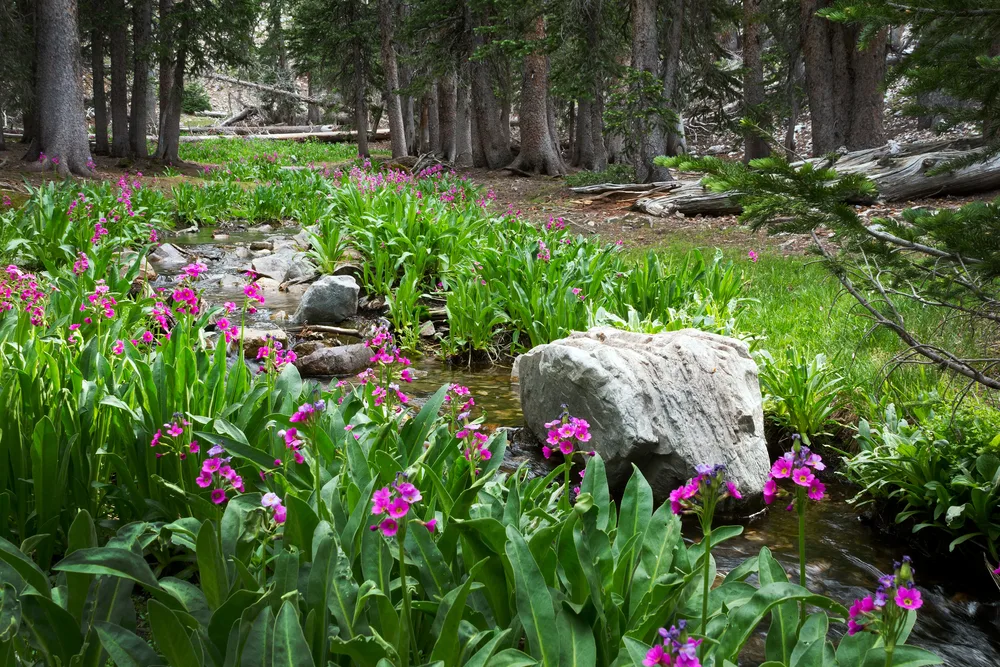
IrinaK/Shutterstock
All in all, whether you decide to visit the Great Basin National Park during the best, cheapest, the least busy period of the year (or even the worst!), make sure to enjoy it as much as you can, but also arrive prepared for the conditions you may encounter.
As Utah’s Office of Tourism site says, “Well-prepared travel is responsible travel,” and we can’t agree more. So, with so much to see and do, what are you waiting for — book your trip today!



